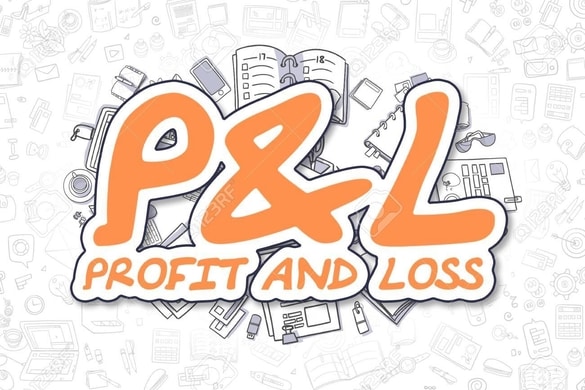Back to: COMMERCE SS2
Welcome to Class !!
We are eager to have you join us !!
In today’s Commerce class, We will be learning about Business Finance. We hope you enjoy the class!

TURNOVER
This refers to the total net sales during a period. The turnover is variously referred to as the stock-turn, sales turnover or stock-turnover.
THE RATE OF TURNOVER (or Rate of Stock – turn)
This refers to the number of times average stock is sold during a given period, usually a year.
It is calculated by dwindling the cost of goods sold by average stock. This means that to find the rate of turnover first, the cost of goods sold must be calculated thus:
COST OF GOODS SOLD N
Opening Stock 5,000
Add purchases 35,000
40,000
Less: Closing stock 8,000
COST OF GOODS SOLD 32,000
OR
COST OF GOODS SOLD: N
Sales 50,000
Less: Gross profit 18,000
32,000
Secondly, the average stock must be calculated thus:
FACTORS AFFECTING THE RATE OF TURNOVER OF A BUSINESS
The number of times a trader buys goods and resells them determines the size of his gross profit. In other words, a trader’s gross profit can be increased by boosting his rate of turnover. The various measures to be applied to increase the rate of turnover of a business can be inferred by considering the following factors which affect the rate of turnover.
- Nature of the product.
- Advertisement and Sales Promotion
- Location of the business.
- Goodwill or reputation of the seller
- Prices
- Wide variety of products offered for sale
- Reliability and frequency of supply
- Credit facilities.
- Application of modern sales techniques e.g. self-services that encourage impulse buying
- The number of sales outlets or branches of the business.
REVIEW QUESTIONS
- Distinguish between turnover and rate of turnover.
- If the cost of goods sold is N4000 and the stock is turned over five times yielding a profit of 10% on sale, calculate the:
(a) Average stock
(b) Gross profit
(c) Turnover
READING ASSIGNMENT
Essential Commerce for SSS by O.A Longe page 131-143.
GENERAL EVALUATION QUESTIONS
- Describe four types of risks that may be insured against under marine insurance
- State and explain five classes of shares a public limited company can issue
- Explain seven reasons for government participation in business enterprises
- State seven demerits of government participation in business enterprises
- State seven characteristics of a co-operative society
THEORY
- Outline any seven factors, which might affect the rate of turnover
- Distinguish between gross profit and net profit.
We have come to the end of this class. We do hope you enjoyed the class?
Should you have any further question, feel free to ask in the comment section below and trust us to respond as soon as possible.
In our next class, we will be learning about Business Finance. We are very much eager to meet you there.
